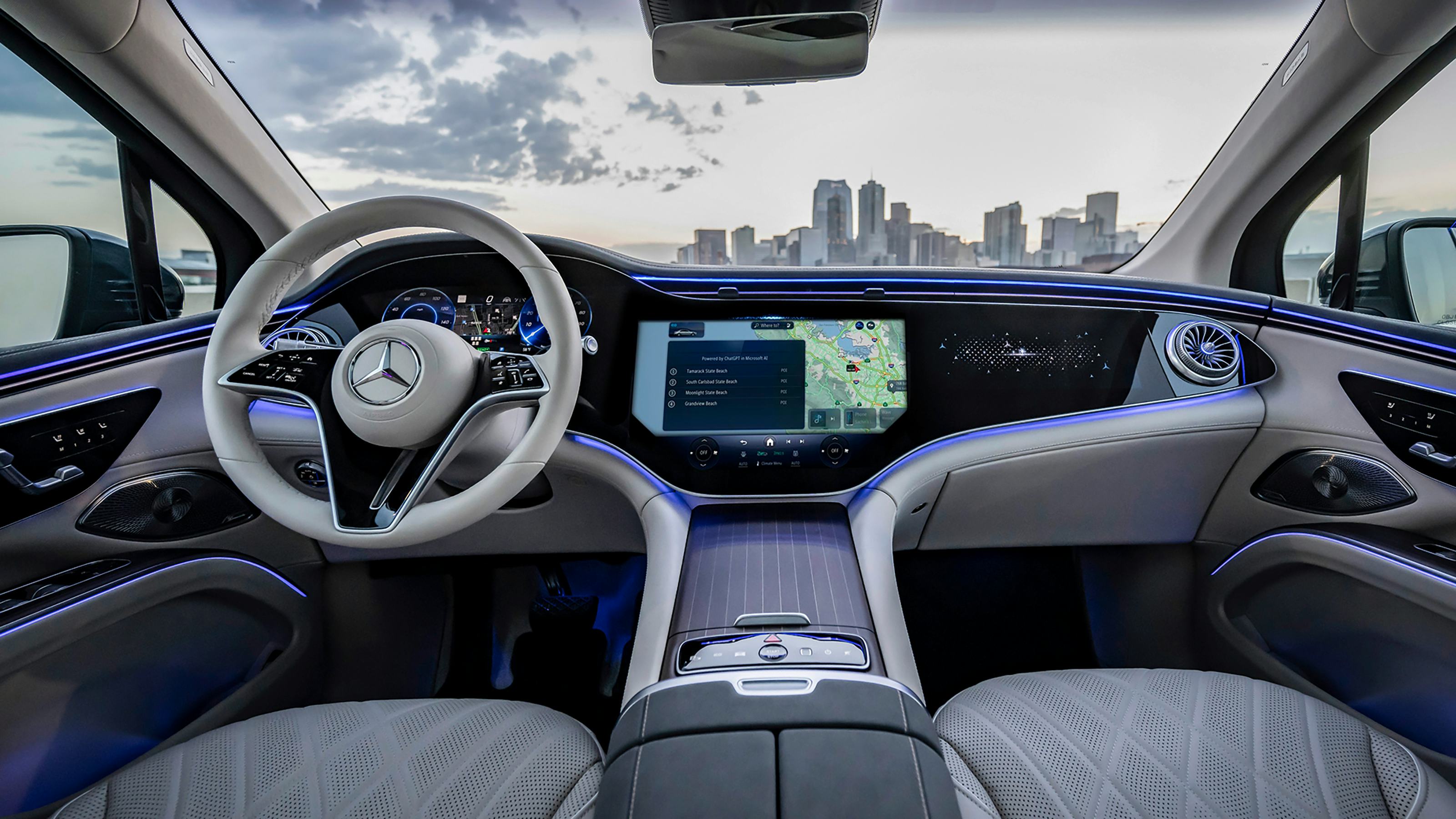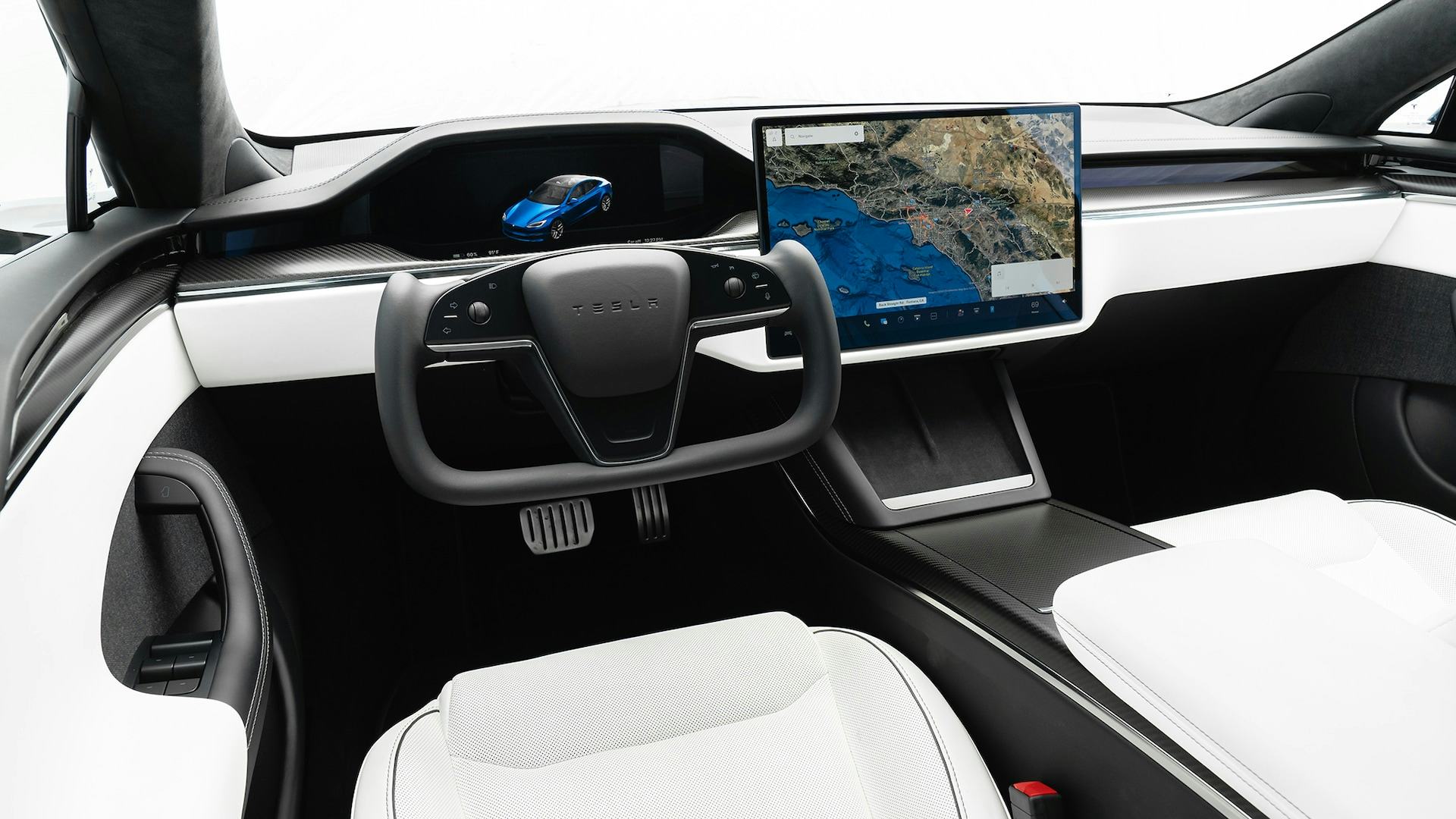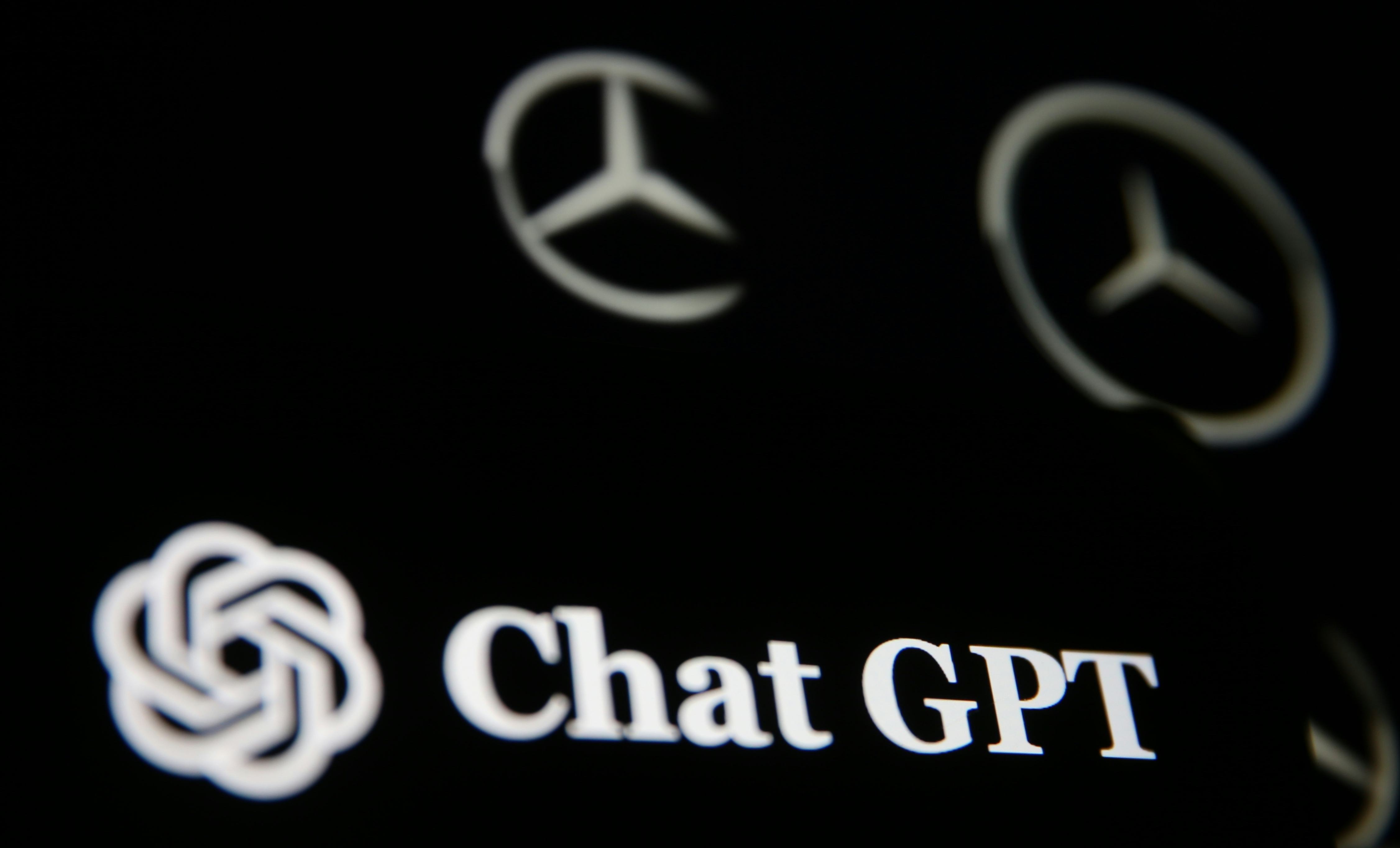
In a hype-obsessed world of technology, there’s always something. In 2020 that something was (unfortunately) NFTs; in the ‘90s it was the dot com boom (also unfortunately); in the late ‘40s it was, I don’t know, a microwave, I guess. I’ve got nothing bad to say about microwaves.
And what does today have to offer our bright new future? Well, chatbots of course. But not just any chatbot. I’m talking about super AI chatbots like the kind James Cameron makes a billion dollars off of. And as the next big vehicle for hyperbole and simultaneously under- and over-speculation, chatbots are winding up in everything.
Some of those things are good; some of those things are less good. But I’m not here to tell you about those. I’m here to tell you why at least one of those things, whether you like it or not, should be the thing you may least expect. That thing is your car.
Put a chatbot in everything
As my former colleague Ian Carlos Campbell once wrote: screw it, let’s put a chatbot in every app. I can’t say I fully agree with the sentiment, but there’s something to the idea of finding AI in places you didn’t expect. More often than not, it’s been underwhelming, but — with the right venue and implementation — I see the potential for chatbot goodness. Especially when they’re doing what they’re designed to do best: making things easier.
This brings me to my next point: using your car’s computer, frankly, sucks. As much as infotainment centers are central to the experience of a modern vehicle, the act of actually interfacing with said computer isn’t often a fun experience. It’s a minefield of drab design, frustrating menus, and even bloatware. And navigating through poorly designed menus in your car isn’t just a nuisance. While you’re driving a two-ton hunk of steel at high speeds, distractions can be an actual hazard. And as much as Tesla wants you to take your hands off the wheel while you’re driving, the evidence suggests we’re still a ways off from being able to do that peacefully.

It’s precisely those UI hurdles that have compelled more and more automakers, especially those making EVs, to incorporate voice assistants into their vehicles. Volvo, for example, has gone all in on Google Assistant to help orchestrate in-car commands that would otherwise take place in a traditional touch interface. BMW, with its iDrive infotainment system, even went as far as to develop its own virtual assistant for controlling things like climate, navigation, and entertainment.
But as much as voice assistants help, they too have their own set of problems — namely that they don’t exactly get the job done on the first try. If you’ve spent enough time yelling at a piece of plastic with a microphone you probably know all too well the frustration of miscommunication (i.e. “turn the AC on” vs. “play Sia”). And even after years of voice assistant ubiquity, those pitfalls persist. But maybe not for long.
Purveyors of voice recognition technology like Google and Microsoft are already attempting to bridge the gap between the large language models (LLM) that power AI such as ChatGPT or Bard and their own voice assistants. The idea, presumably, is that if those assistants can harness LLM’s uncanny ability to comprehend and replicate human speech, then shouting at your non-sentient AI will be a lot smoother.

That is theoretically great news for using voice assistants in general, but doubly great news for using a voice assistant in a car. And that’s not even factoring in what makes LLMs most unique — the ability to become generative. Do you need to have your car’s computer generate a trip itinerary for you? Absolutely not. In fact, in most situations, you’d probably prefer not to. But what if you could? What if a spontaneous getaway was at your fingertips or one voice command? If cars are still our ticket to exploring the world around us, why not make that exploration as easy as possible?
Or what if (when coupled with navigation) you could compare routes against one another to see which is the fastest? I’m not saying that’s something LLMs can or will be able to do, but it’s certainly not out of the question given what we’ve seen so far. This is, of course, the same pie-in-the-sky talk that comes with the onset of any new, exciting technology, but as prospective as it may feel, the future (as always) is knocking at our door.
All roads lead to ChatGPT
The potential utility of ChatGPT and chatbots of its ilk inside a vehicle hasn’t been lost by automakers looking to load their cars up with the latest, greatest, technology. Mercedes-Benz, for example — arguably the biggest automaker to dive into the chatbot game — is already rolling out a ChatGPT integration with the voice assistant on board its MBUX infotainment system. According to Mercedes-Benz:
Soon, participants who ask the Voice Assistant for details about their destination, to suggest a new dinner recipe, or to answer a complex question, will receive a more comprehensive answer – while keeping their hands on the wheel and eyes on the road.
While the program is still in beta, it’s clear the gears of automakers are turning. Similarly to Mercedes-Benz, GM is reportedly looking into integrating its own virtual assistant powered by ChatGPT. Again, the details are sparse, but the message is clear: your car needs a chatbot.
And I’m inclined to agree. If chatbots are our new concierges — which is how tech titans like Microsoft have continually positioned them — then it’s time to let AI figuratively take the wheel while you're literally at the wheel. There’s no guarantee that ChatGPT (or any chatbot for that matter) can fix your car’s loathsome UI, but I think anyone that spends their days painfully poring through menu after menu on their car’s touchscreen can agree that it’s time to give the chatbot a chance.







